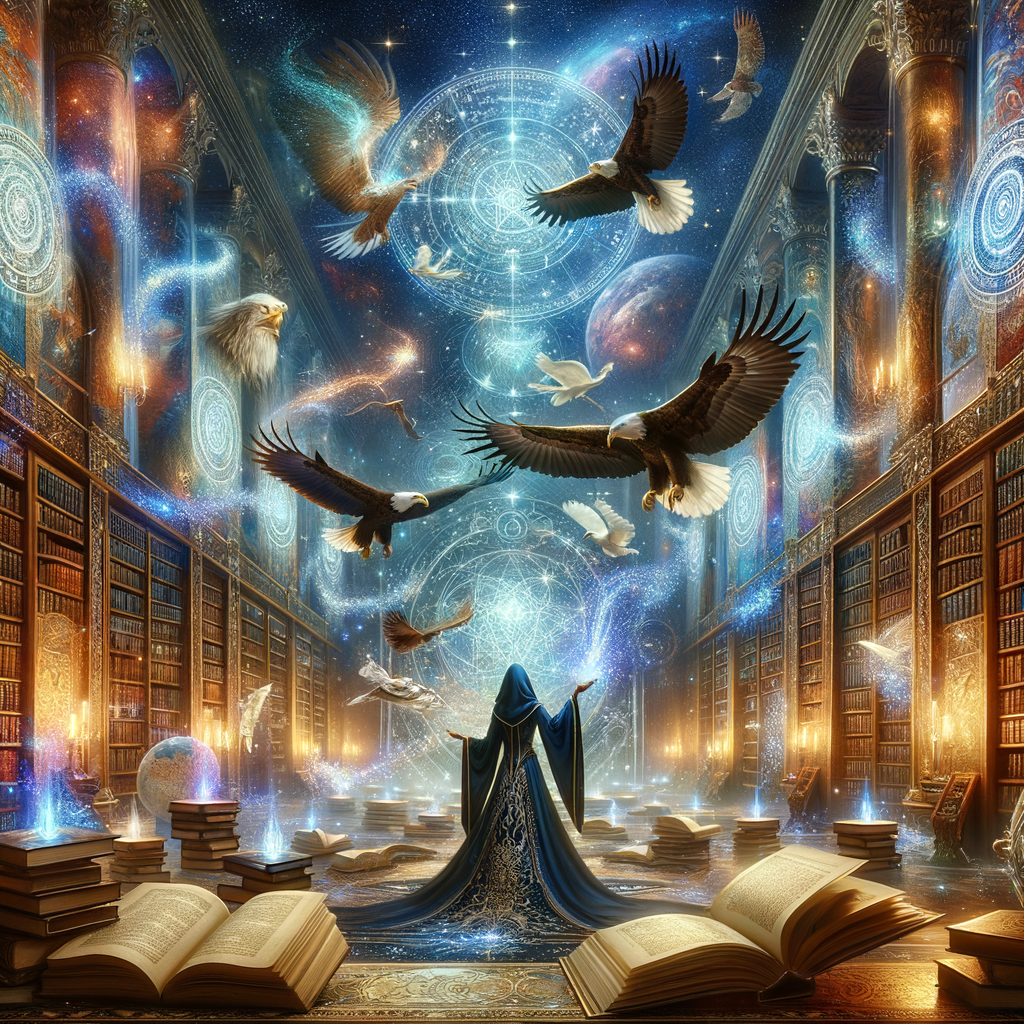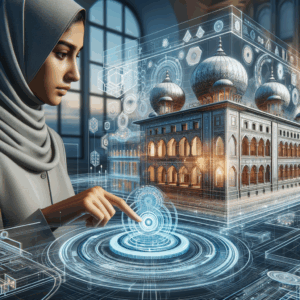
Stunning Prompts For Effortless Fantasy Illustrations
- Understanding Fantasy Illustrations
- The Power of Prompts in Art
- Types of Prompts for Fantasy Illustrations
- Character-Based Prompts
- Setting Prompts
- Plot-Based Prompts
- Emotion Prompts
- Techniques for Effortless Illustrations
- Balancing Detail and Simplicity
- Utilizing Colors and Textures
- Seeking Feedback and Inspiration
- Cultivating Your Style
- Resources for Artists
- Conclusion
- FAQ
- References
Understanding Fantasy Illustrations
Fantasy illustrations transport viewers to realms beyond our imagination. They are the gateway to enchanted forests, mystical creatures, and epic quests. Whether you’re an artist or a storyteller, these illustrations spark creativity. By using compelling prompts, you can jumpstart your fantasy artwork.
A good prompt can open your mind to endless possibilities. Ask yourself, what inspires you? Is it a character, a setting, or an emotion? By focusing your prompts, you can create illustrations that resonate with others. This article will explore various stunning prompts and how you can use them for effortless fantasy illustrations.
The Power of Prompts in Art
Prompts act as the initial spark for creativity. They provide a starting point that helps artists overcome the dreaded blank page syndrome. When you have a specific idea in mind, your creative flow becomes much easier. You can visualize elements like characters, landscapes, or events, allowing your imagination to run wild.
Furthermore, prompts encourage artists to think outside the box. They can lead you to explore themes or styles you might not initially consider. For instance, combining two unrelated elements can produce brilliant and unique illustrations.
Types of Prompts for Fantasy Illustrations
Prompts can be categorized in many ways. Here are some popular types that can inspire your fantasy works:
1. Character-Based Prompts: Focus on a unique protagonist, antagonist, or side character.
2. Setting Prompts: Describe distinct environments such as enchanted forests or futuristic cities.
3. Plot-Based Prompts: Create scenarios or conflicts that characters must face.
4. Emotion Prompts: Explore feelings like joy, sadness, or fear within a fantasy context.
Incorporating these different types of prompts into your practice can yield diverse and intriguing illustrations.
Character-Based Prompts
Characters breathe life into any story or artwork. Here are some character-based prompts to spark your creativity:
– The Daring Thief: Create an agile character who steals magical artifacts from a powerful sorcerer. Explore their inner struggles and motivations.
– A Dragon’s Companion: Illustrate a young adventurer who befriends a dragon. What challenges do they face together?
– The Cursed Princess: Draw a princess trapped in a tower who communicates with animals. How does she plan her escape?
Focusing on character-driven prompts allows you to delve deeply into personality traits. This can lead to compelling illustrations that tell a story.
Setting Prompts
Settings set the stage for your characters and plot. Here are a few prompts to inspire your fantasy landscapes:
– An Underwater Kingdom: Visualize a vibrant city beneath the waves filled with strange creatures and coral castles.
– A Floating Island: Imagine a mystical realm suspended in the sky, complete with waterfalls that defy gravity.
– Ancient Ruins in a Forest: Illustrate crumbling structures overgrown with vines, hinting at long-lost civilizations.
Each setting has its own mood and story. Consider how your characters interact with these environments. This will enrich your illustrations.
Plot-Based Prompts
Plot-driven prompts can help you develop engaging narratives. Here are some ideas to consider:
– The Great War of Magic: Illustrate a climactic battle between two powerful factions. Capture the intensity and chaos of the moment.
– Quest for the Lost Artifact: Depict a group of adventurers searching for an ancient relic rumored to hold immense power.
– The Uprising of Nature: Create scenes of flora and fauna rebelling against a human kingdom. What does this conflict look like?
These prompts can guide you in crafting dynamic compositions. You can illustrate pivotal moments that draw viewers in.
Emotion Prompts
Emotions add depth to any fantasy illustration. Use these prompts to explore genuine feelings:
– The Heartbreak of Lost Love: Capture the sorrow of a character mourning a lost connection in a vibrant yet desolate setting.
– The Joy of Discovery: Illustrate the moment a character uncovers a hidden treasure, showcasing their excitement.
– Fear in the Shadows: Create an eerie atmosphere where a character senses danger lurking just out of sight.
By infusing emotions into your work, you can create illustrations that resonate on a deeper level. People connect easily with emotions, making your art more impactful.
Techniques for Effortless Illustrations
Illustrating fantasy worlds involves a variety of techniques. Here are some methods to simplify your process:
1. Sketch First: Begin with simple sketches to visualize your ideas. Don’t worry about details at this stage.
2. Create Mood Boards: Gather images, colors, and textures that inspire your vision. This can guide your artistic decisions.
3. Use Digital Tools: Programs like Photoshop or Procreate can ease the illustration process. They allow for easy changes and experimentation.
4. Practice Speed Drawing: Set a timer and challenge yourself to create quick sketches. This can spark intuitive ideas.
Experimenting with different techniques can help you find what works best for you.
Balancing Detail and Simplicity
Choosing the right balance between detail and simplicity can make or break an illustration. Starting with a simple concept can help you focus on the main elements.
Once the foundation is set, gradually add details to enhance the story. This approach prevents you from becoming overwhelmed and allows your creativity to shine.
Utilizing Colors and Textures
Colors and textures breathe life into your fantasy illustrations. They have the power to set the mood and evoke feelings. Start by considering the emotional palette you want to convey.
For example, bright colors might suggest optimism and adventure, while muted tones can evoke feelings of sadness or nostalgia. Experiment with various textures to add depth and interest.
Seeking Feedback and Inspiration
Nothing beats the insights of others. Show your work to friends or online communities for constructive feedback. Their perspectives can give you ideas for improvements.
Additionally, don’t hesitate to seek inspiration from other artists. Explore platforms like Pinterest or Instagram. Observing different styles can help you find your own voice in your fantasy illustrations.
Cultivating Your Style
As you explore various prompts and techniques, you will naturally develop your unique style. This process takes time, so don’t rush it. Enjoy the journey of discovering what resonates most with you.
Remember that your style will evolve over time. Embrace the changes and let each illustration reflect your growth.
Resources for Artists
Here are some valuable resources to help you elevate your artistic journey:
| Resource | Description |
|———————-|——————————————–|
| ArtStation | A platform for showcasing artwork. |
| DeviantArt | A community for artists and art lovers. |
| Skillshare | Online classes in various art techniques. |
| YouTube | Tutorials from experienced artists. |
| Pinterest | A vast source of inspiration and ideas. |
Exploring these resources can offer fresh perspectives and new techniques.
Conclusion
Creating stunning fantasy illustrations can be both exciting and fulfilling. By using captivating prompts, you can spark your creativity and simplify the artistic process. Embrace character-driven, plot-based, and emotion-inspired prompts. Experiment with techniques and find your unique style.
So grab your tools and let your imagination run wild. The world of fantasy illustration awaits!
FAQ
1. What are the best prompts for beginners?
Begin with simple character or setting prompts. They provide clear directions while allowing creativity to flow.
2. How can I overcome artist’s block?
Take breaks, explore new prompts, or switch your medium to refresh your creativity.
3. What tools do I need for digital illustration?
Basic tools include a drawing tablet and digital software like Photoshop or Procreate.
4. Is it necessary to have a detailed plan before starting?
No, many artists thrive by sketching freely. Plans can provide guidance, but spontaneity often leads to exciting discoveries.
5. How can I find my artistic style?
Experiment with various techniques and themes. Over time, your unique voice will naturally emerge.
6. Can I mix different types of prompts?
Absolutely! Combining prompts can create unique narratives and stunning visuals.
7. How often should I practice illustration?
Regular practice helps you improve. Set a schedule that works for you, even if it’s a few minutes a day.
8. Where can I share my fantasy illustrations?
Online platforms like Instagram, ArtStation, or DeviantArt are great for showcasing your work and receiving feedback.
9. What are some important tips for coloring illustrations?
Start with a color palette that reflects the mood. Gradually build up layers and pay attention to light and shadow for depth.
10. How do I stay updated with trends in fantasy art?
Follow popular artists on social media, engage in online communities, and explore art publications for current trends and inspiration.
References
– ArtStation
– DeviantArt
– Skillshare
– YouTube
– Pinterest
Harness the power of stunning prompts to embark on your next artistic adventure in fantasy illustrations!

